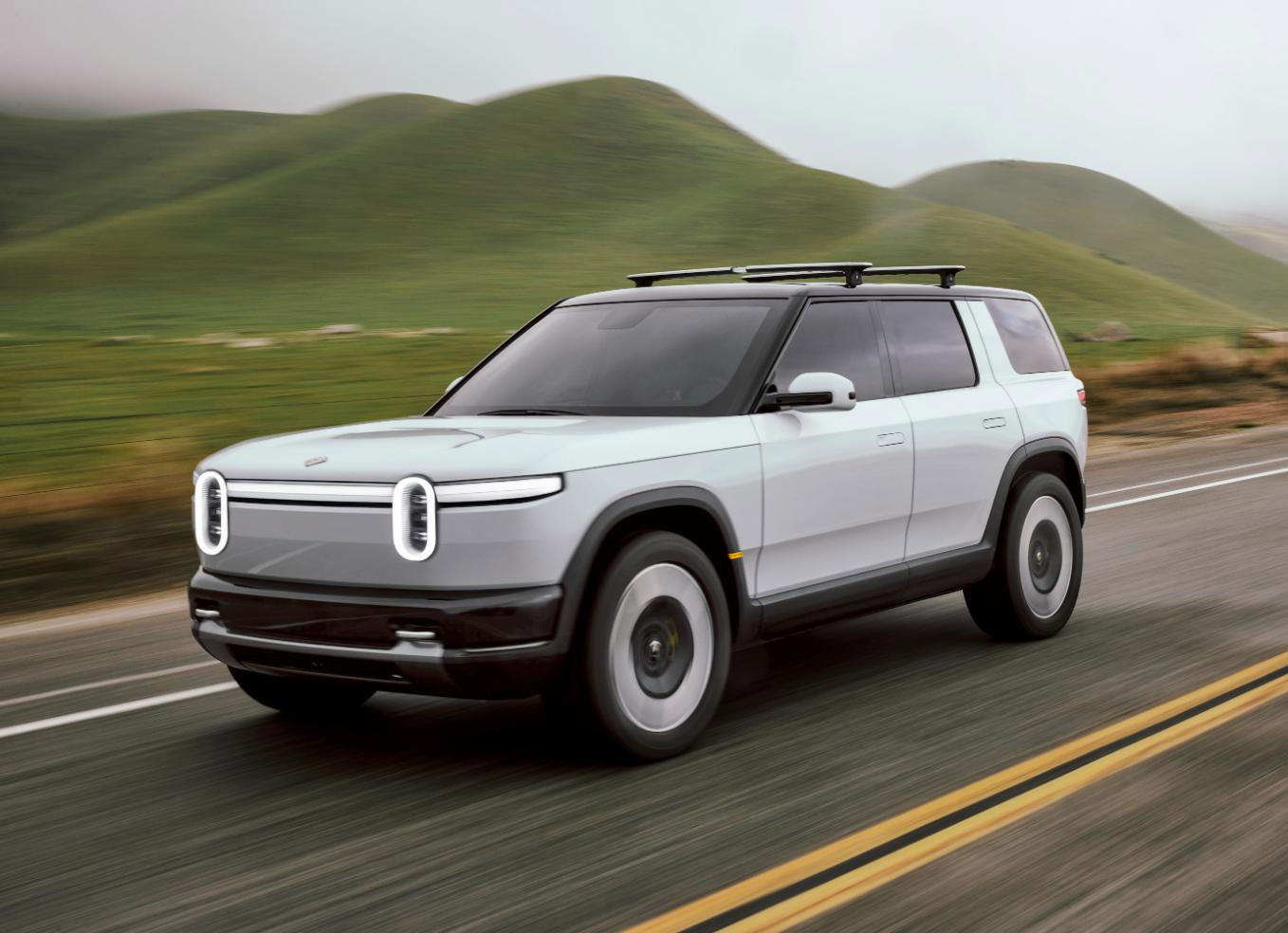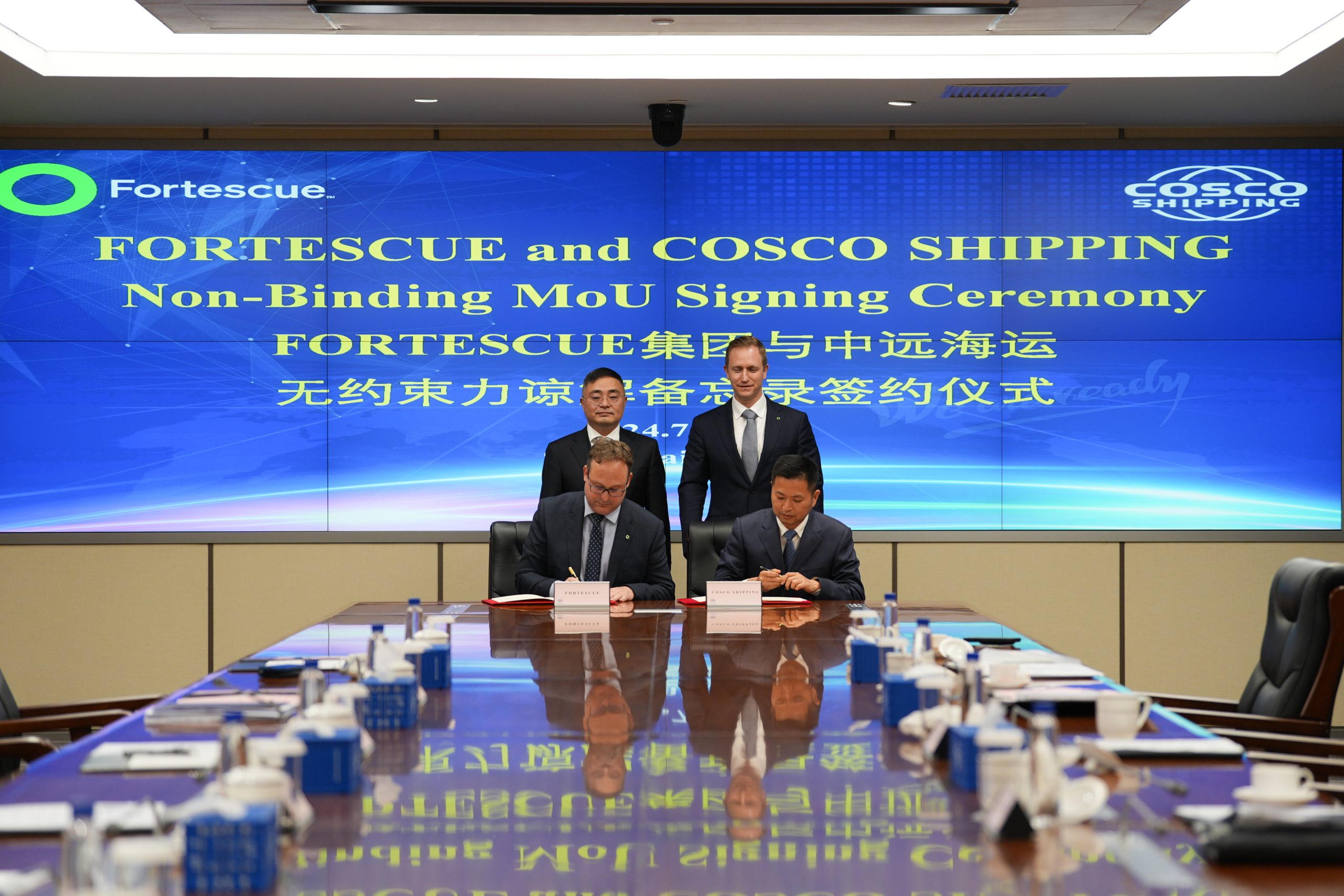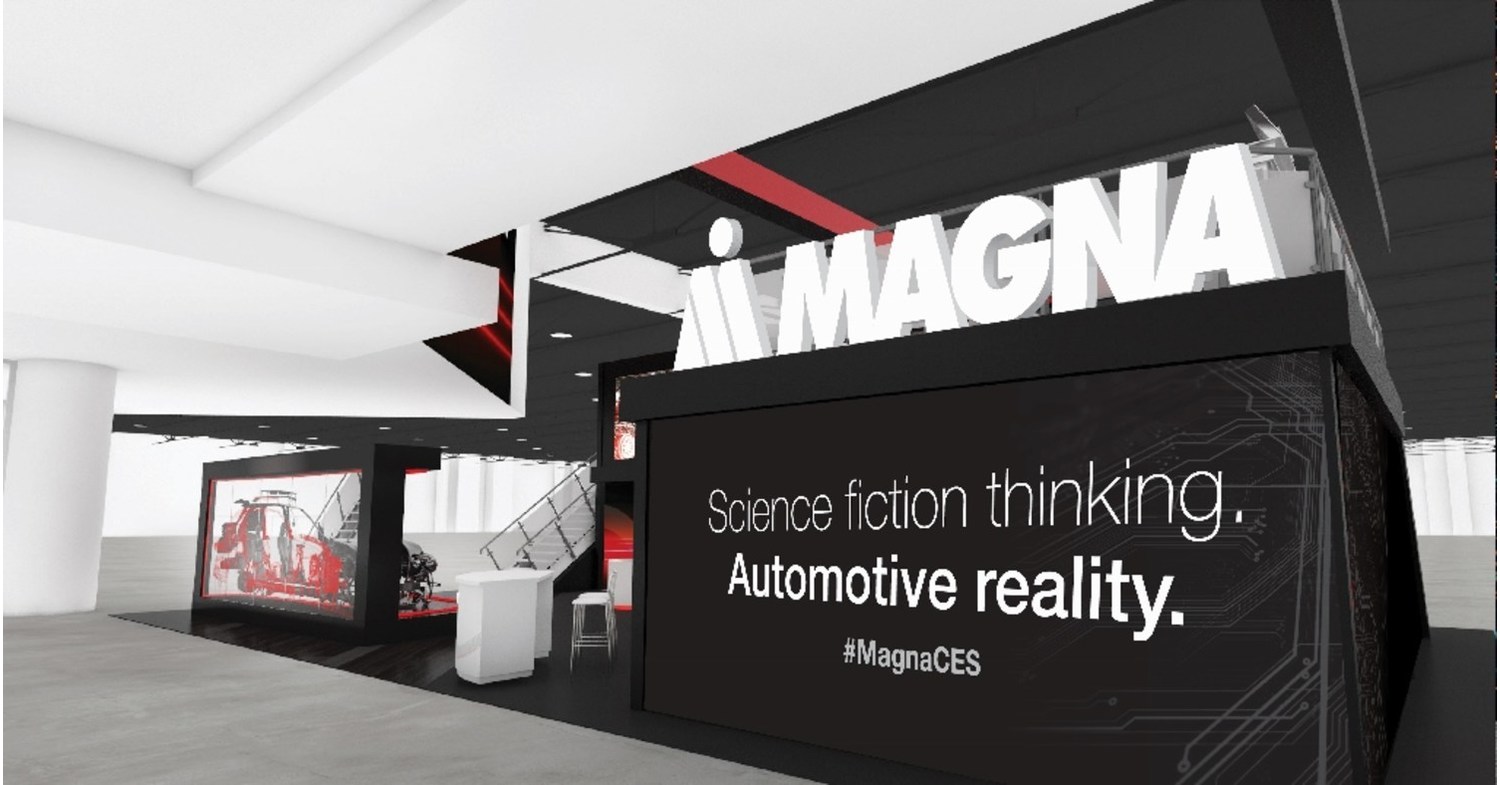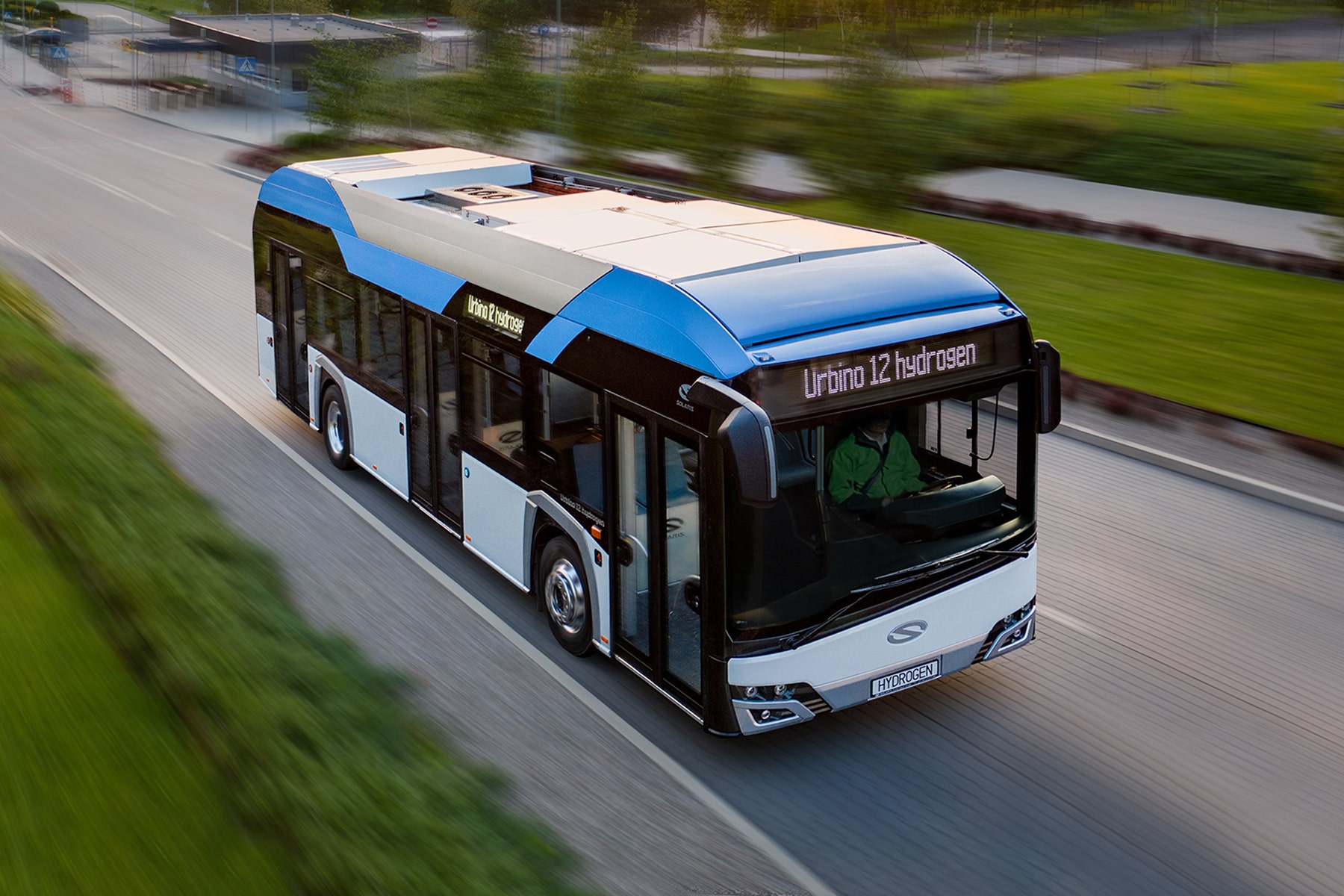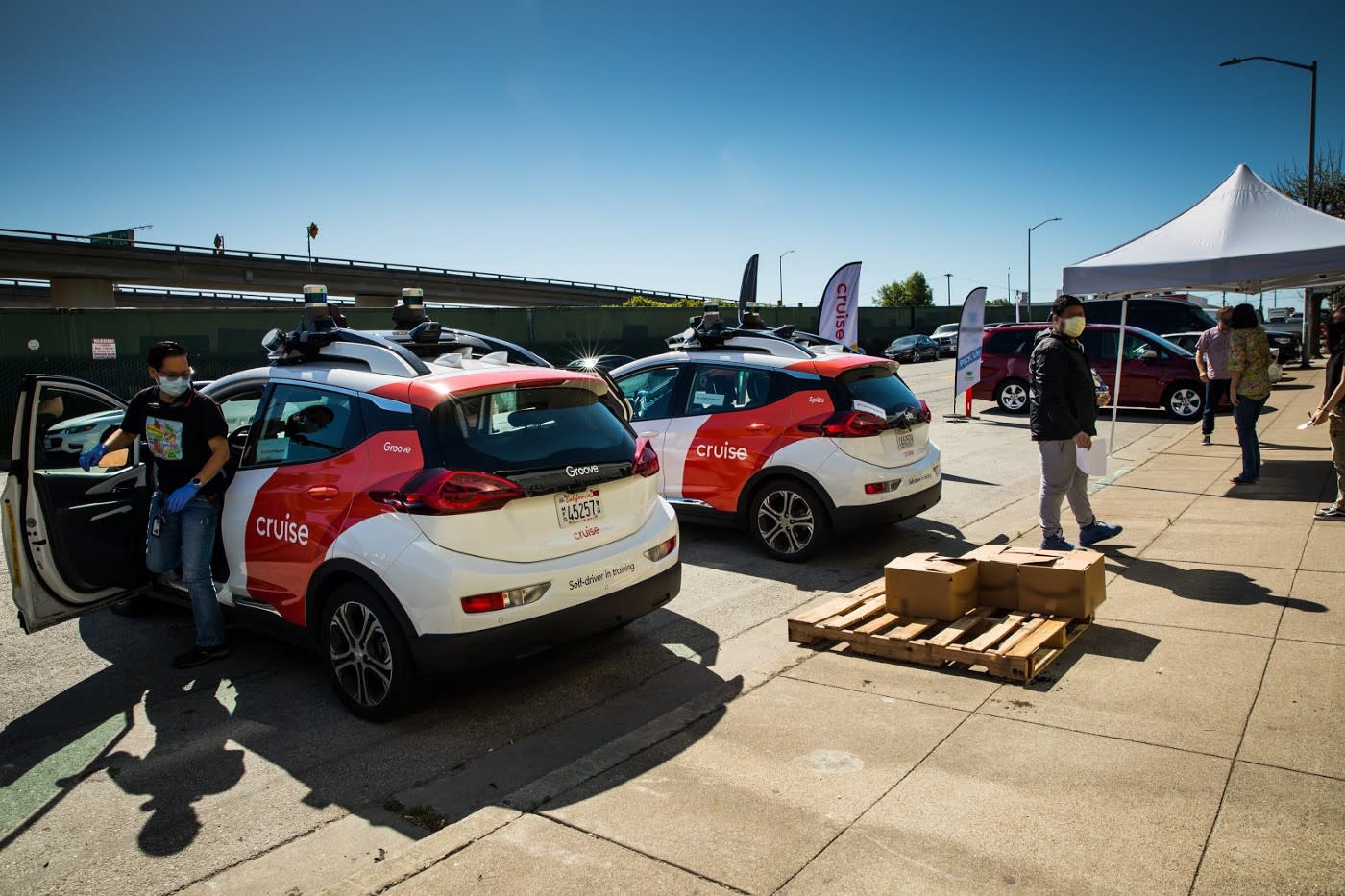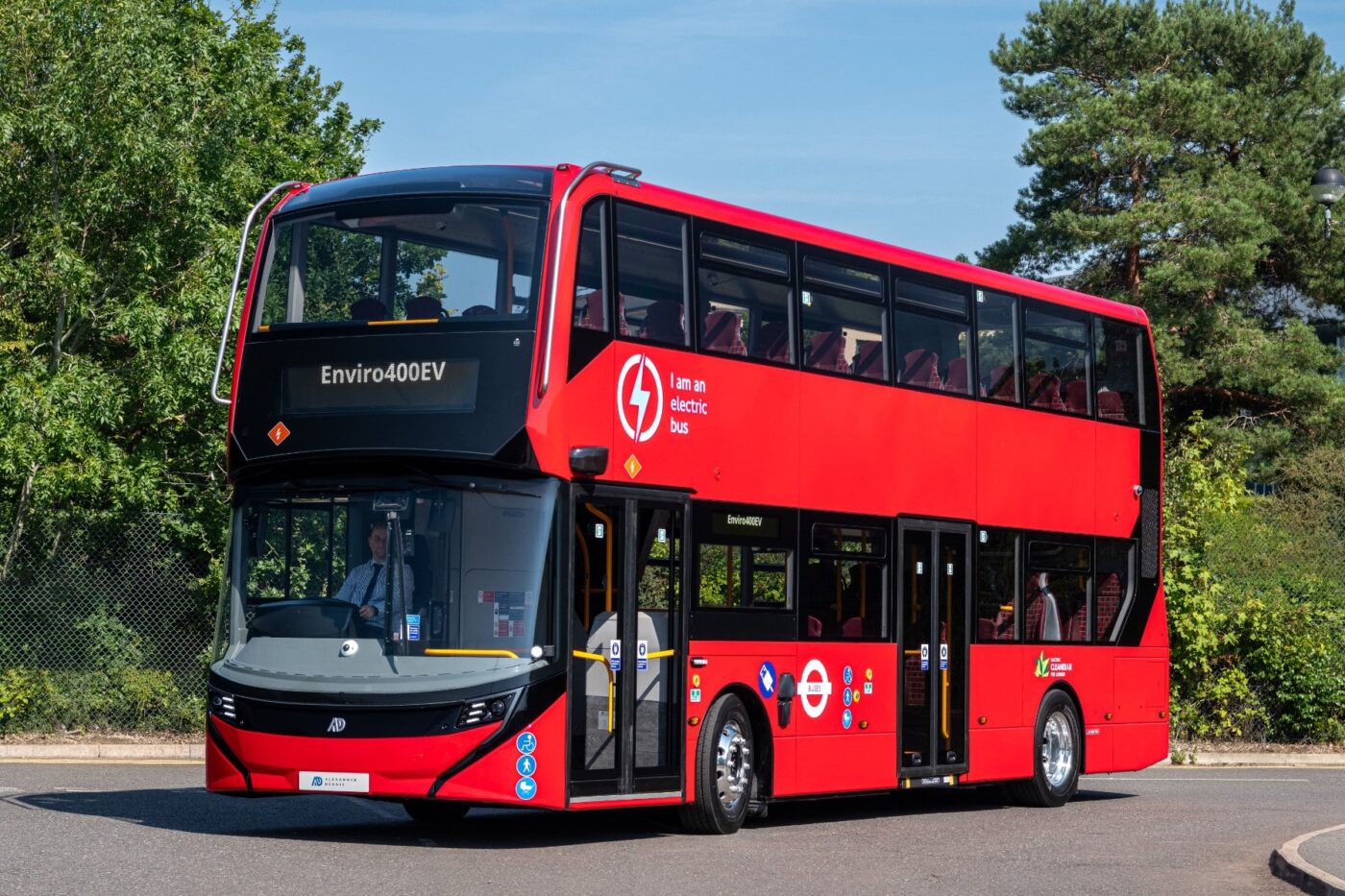Rivian’s CEO, RJ Scaringe, has emphasized that the company’s upcoming R2 electric vehicle (EV) will offer distinct advantages over Tesla’s Model Y. Scaringe asserted that while the R2 will be “slightly smaller” than the Model Y, its performance as an SUV will be “worlds different.”
Rivian revealed its next-generation R2 and R3 models in March. The R2, priced starting at $45,000, is positioned just below the average new vehicle cost in the U.S., which, according to Kelley Blue Book, was $48,644 in June. The R2 aims to attract a broader audience, building on Rivian’s success with its R1T and R1S models.
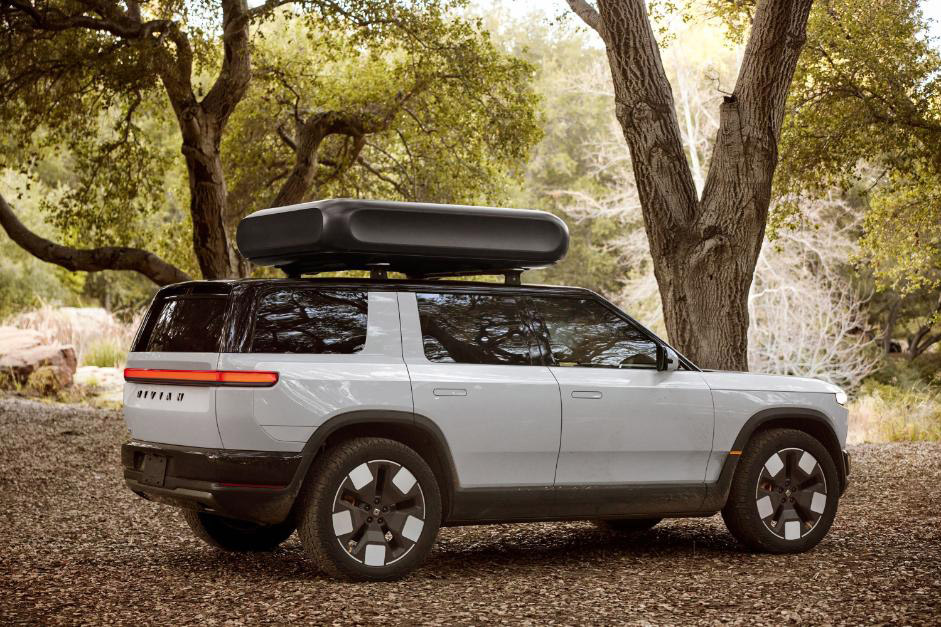
Despite a perceived “slowdown” in the U.S. electric vehicle market, overall EV sales continue to grow. In the second quarter of 2024, electric vehicle sales increased by over 11% year-on-year and 23% from the previous quarter, with a record 330,463 units sold. Electric vehicles accounted for about 8% of new car sales, according to KBB estimates.
Rivian Surpasses Expectations with Q1 Financial Results, Eyes Profitability
Scaringe has identified a “lack of choice” as a factor holding back market growth. He noted that the current selection for mid-size electric SUVs is limited, with only “maybe two or three good choices” available. Scaringe criticized existing competitors for offering less compelling options compared to Tesla’s Model Y.

Rivian’s R2 aims to differentiate itself with off-road capabilities, including the ability to traverse river beds, which Scaringe argues sets it apart from the Model Y. The upcoming R3 model is expected to be even more unique, with features that Scaringe suggests will be difficult to compare to existing vehicles.
Rivian Aims for 155,000 R2 SUVs Annually, Bolstering Production to 215,000 Units
Scaringe also highlighted the R3X, a tri-motor variant, as a model that could attract buyers from high-performance segments, including hypercars. Rivian Vice President of Manufacturing Tim Fallon reported last month that orders for the R2 have surpassed 100,000.
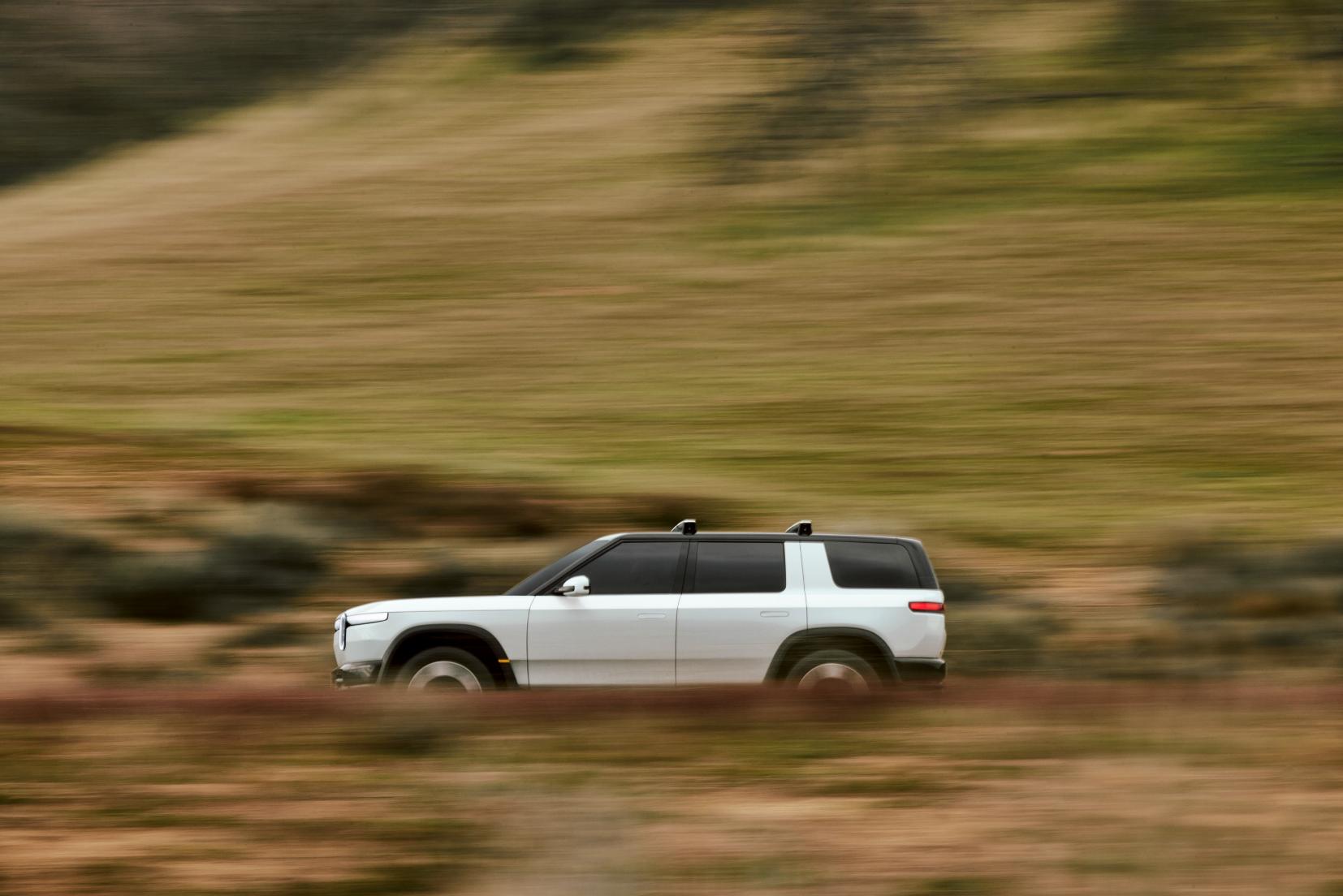
Rivian plans to commence production of the R2 in early 2026, with a projected capacity of 215,000 units, including approximately 155,000 R2 models. The R1T and R1S are expected to account for the remaining output.
Although Rivian has no immediate plans for robotaxis, Scaringe noted that the R2 platform supports autonomous driving features similar to Tesla’s Full Self Driving (FSD) system. He also indicated that the R2 will benefit from advanced technology updates over time, providing substantial improvement potential.

